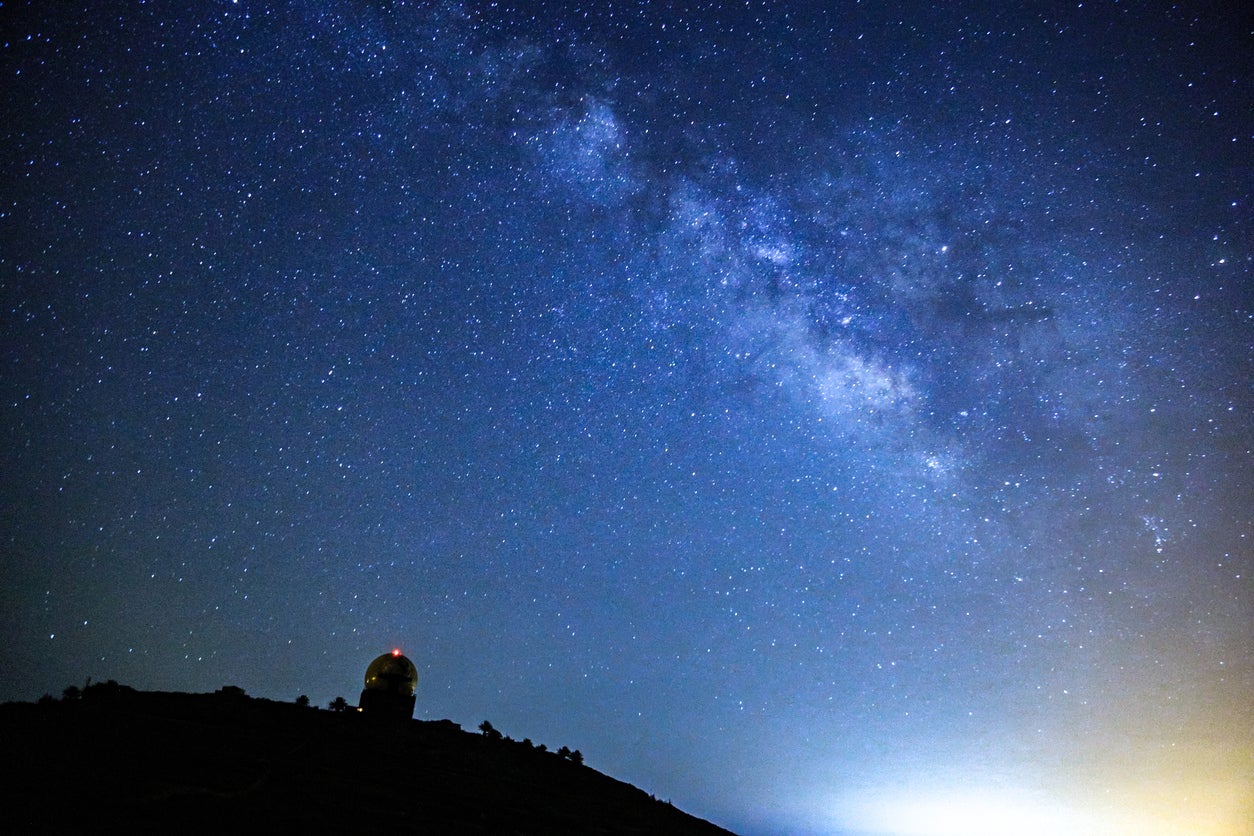Earth is surrounded by a ‘bubble’ producing vast amounts of stars

Earth is surrounded by a vast bubble that is producing all of the nearby young stars, scientists have said.
And researchers are finally able to explain how the void, stretching 1,000 lightyears across, is able to have been formed.
It started 14 million years ago, scientists said, after research that could help explain where the stars that surround us were first born.
“This is really an origin story; for the first time we can explain how all nearby star formation began,” said astronomer and data visualization expert Catherine Zucker.
Zucker created a model that showed that all of the young stars, and star-forming regions, that are near us sit on the edge of a huge void known as the “local bubble”.
Scientists have known that the bubble exists for decades. But for the first time they have begun to understand where it came from – and what it actually does.
The new research, ‘Star Formation Near the Sun is Driven by Expansion of the Local Bubble’, is published in Nature today.
The study shows that 14 million years ago, a supernova went off and triggered a chain of explosions that pushed interstellar gas outwards. “We’ve calculated that about 15 supernovae have gone off over millions of years to form the Local Bubble that we see today,” said Zucker in a statement.
That left behind a void, or bubble, that served as fertile space for creating stars. Now, seven different star-forming regions or molecular clouds are on the edge of that bubble.
But the void is still expanding, at about 4 miles per second. “It has lost most of its oomph though and has pretty much plateaued in terms of speed,” Zucker said.
The first explosion was a long way from the Sun. But in the time since – roughly five million years ago – our Sun happened to move right through the bubble, and it now sits in its middle.
It means that can now look out to the edge of the void that surrounds us and watch as stars form on its edges.
That we would just happen to be right at the middle of such a bubble would seem unlikely, unless they are common throughout Milky Way galaxy, scientists say. But they hope to do more research to understand the locations and shapes of other bubbles, and understand where they sit within the structure of the galaxy.
“Where do these bubbles touch?” Zucker said. “How do they interact with each other? How do superbubbles drive the birth of stars like our Sun in the Milky Way?”
Join our commenting forum
Join thought-provoking conversations, follow other Independent readers and see their replies
Comments